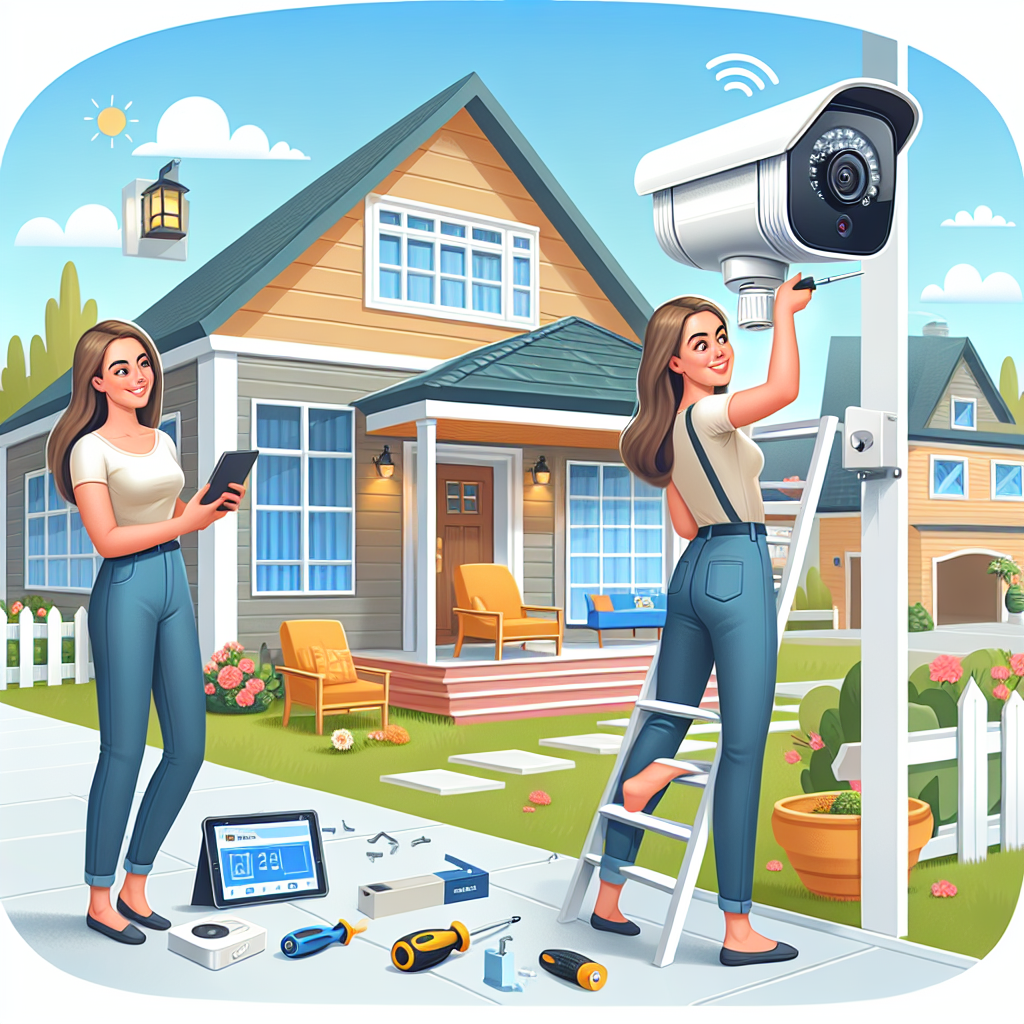When it comes to home security, smart security sensors are an absolute game-changer. They add an extra layer of protection and give you peace of mind. But with so many options out there, how do you choose the right ones for your home? Let’s break it down so you can make an informed decision.
Understanding Smart Security Sensors
Smart security sensors are devices that can detect unauthorized access, motion, smoke, and other threats, then send alerts to your phone or security system. These sensors are an integral part of any smart home security system, as they help monitor different aspects of your home, keeping it safe from various dangers.
Types of Smart Security Sensors
There are several types of smart security sensors, each with unique features and benefits. Here’s a quick rundown:
Motion Sensors
Motion sensors detect movement within a specified range. They are excellent for covering wide areas such as living rooms and backyards.
- Pros: Great for large spaces, can alert you to intruders.
- Cons: Might trigger false alarms due to pets.
Door and Window Sensors
Door and window sensors are triggered when a door or window is opened. They are perfect for entry points of your home.
- Pros: Easy to install, direct alerts to your phone.
- Cons: Limited to accessible entry points.
Glass Break Sensors
These sensors detect the sound of breaking glass and are ideal for homes with large windows or sliding doors.
- Pros: Offers additional protection for windows.
- Cons: May require professional installation.
Features to Consider
When picking the right smart security sensors, it’s essential to consider various features to get the best out of your investment.
Compatibility with Existing Systems
Ensure the sensors you choose are compatible with your existing smart home system. This will allow seamless integration and operation.
Battery Life
Look for sensors with long battery life. You don’t want to be replacing batteries every couple of months.
Mobile Alerts
Most smart security sensors send alerts to your phone. Make sure the sensors offer real-time alerts so you can respond quickly to any unusual activity.
Ease of Installation
Consider how easy it is to install the sensors. Some might require professional installation, especially if they are part of a more complex security system.
Choosing the Right Placement
It’s not just about what sensors you get, but also where you place them. Effective placement ensures comprehensive coverage and minimizes blind spots.
Entry Points
Place door and window sensors on the entry points of your home. These are the most common ways intruders will try to access your property.
Common Areas
Motion sensors should cover common areas like the living room and hallways. These spaces are likely to catch unauthorized movement.
Vulnerable Spots
Install glass break sensors near large windows or glass doors. This adds an extra layer of protection in these vulnerable spots.
Integrating with Home Remodeling
At Looking Glass Structures, we understand the importance of incorporating security measures right from the stage of home remodeling or new construction. Our experts make sure that your home is secure while keeping it aesthetically pleasing.
When planning a home remodel, think about where you’ll place your smart security sensors. Talk to our experts to integrate these sensors seamlessly into your new or remodeled spaces. For instance:
- Use built-in shelving for discreet sensor placement.
- Consider wiring options that hide any unsightly cords.
- Coordinate with your renovation team for optimal sensor coverage.
Maintenance and Upgrades
Finally, regular maintenance and timely upgrades are key to ensuring your smart security system remains effective. At Looking Glass Structures, we offer an innovative “On-Demand Handyman” service to help you maintain your property’s functionality and aesthetic.
Regular Checks
Perform regular checks to ensure all sensors are working correctly. Test your system periodically and replace batteries as needed.
Upgrades
Keep an eye out for new sensor models and software updates. Upgrading your security system can offer improved features and better protection.
Final Thoughts
Choosing the right smart security sensors is crucial for protecting your home and your loved ones. By understanding the different types of sensors available, considering essential features, and integrating them seamlessly with your home’s structure, you can create a robust security system.
Remember, at Looking Glass Structures, we’re always here to help you with your home security needs, whether it’s through remodeling, new construction, or our reliable repair and maintenance services. Feel free to reach out with any questions or to get started on your next home security project today!
Strong security for households starts with the right choices, and we’re here to guide you every step of the way.




